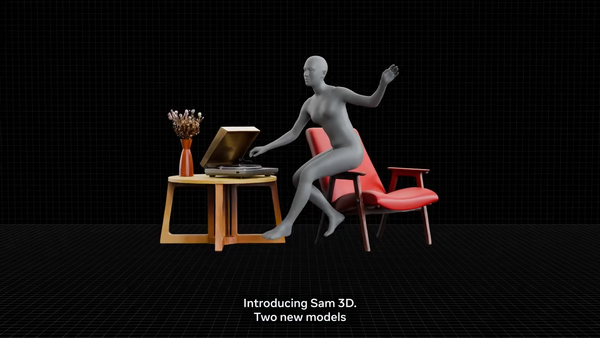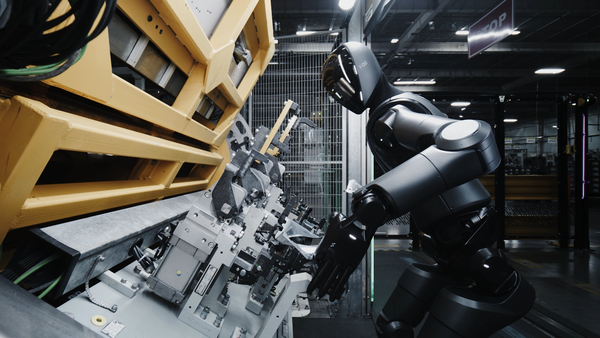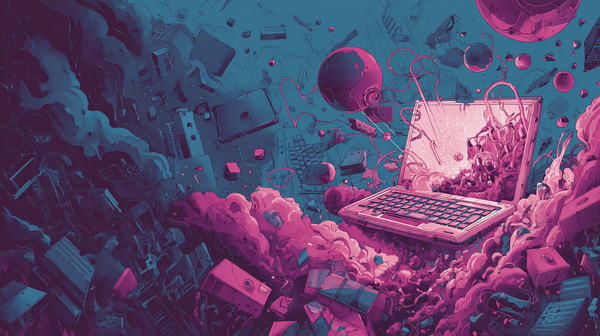HPE to Power Subaru's Push to Eliminate Traffic Fatalities by 2030

- Subaru selected HPE Cray XD670 servers to accelerate AI model training for its next-generation EyeSight driver assist system.
- The on-premises deployment aims to optimize real-world image recognition for enhanced preventive safety features.
Subaru is enhancing the development of its next-generation EyeSight driver assistance system with new AI infrastructure from HPE. The updated system is designed to recognize objects and measure distances more accurately in real-world driving scenarios, supporting Subaru’s goal of eliminating traffic fatalities by 2030.
“Subaru has an unwavering dedication to developing high-performing vehicles while pursuing the highest level of safety with a goal to eliminate fatal traffic accidents. The remarkably low rear-end collision rate of EyeSight-equipped vehicles stands as a powerful testament to that dedication,” said Hirokazu Mochizuki, senior vice president and managing director for HPE Japan, in an official news release.
The HPE Cray XD670 servers feature NVIDIA H200 GPUs, direct liquid cooling for energy efficiency, and performance tuned for demanding AI workloads. They are being used to develop the AI behind Subaru’s next-generation EyeSight system, which aims to help drivers avoid collisions by recognizing vehicles, pedestrians, and other objects.
The deployment is part of ongoing work at SUBARU Lab, established in 2020 to strengthen in-house development of driver assistance technologies. Engineers there have been collecting global road test videos to train AI models, and that work will now be powered by HPE Cray XD670 servers. Subaru also selected HPE Tech Care Service to reduce downtime, improve operations, and support the new infrastructure.
Source: YouTube / Subaru
🌀 Tom’s Take:
Subaru is putting serious compute power behind the next generation of EyeSight. HPE’s hardware gives them a faster, more capable environment to train and refine the AI. It’s a strong signal of where their safety tech is headed.
Source: HPE






